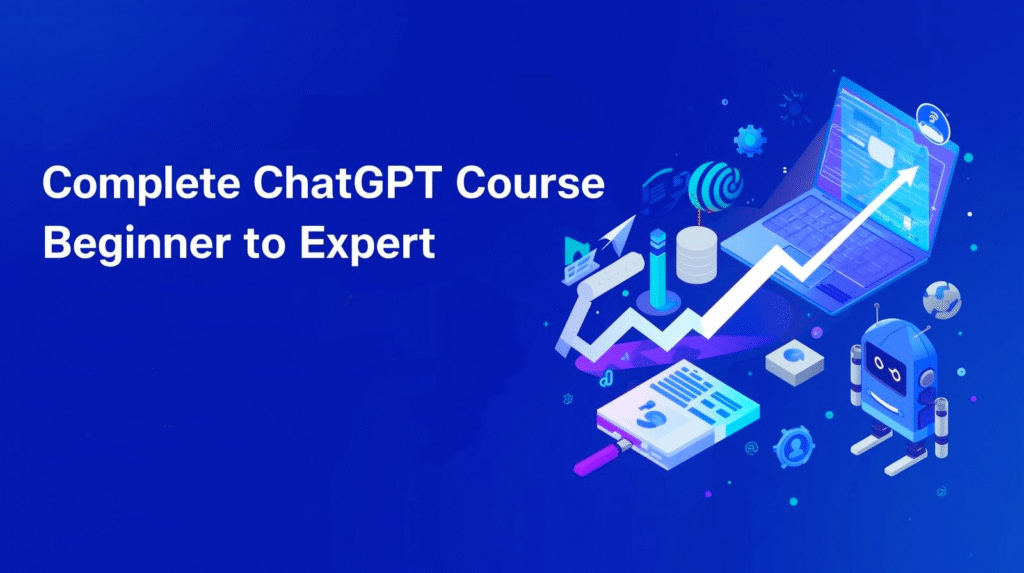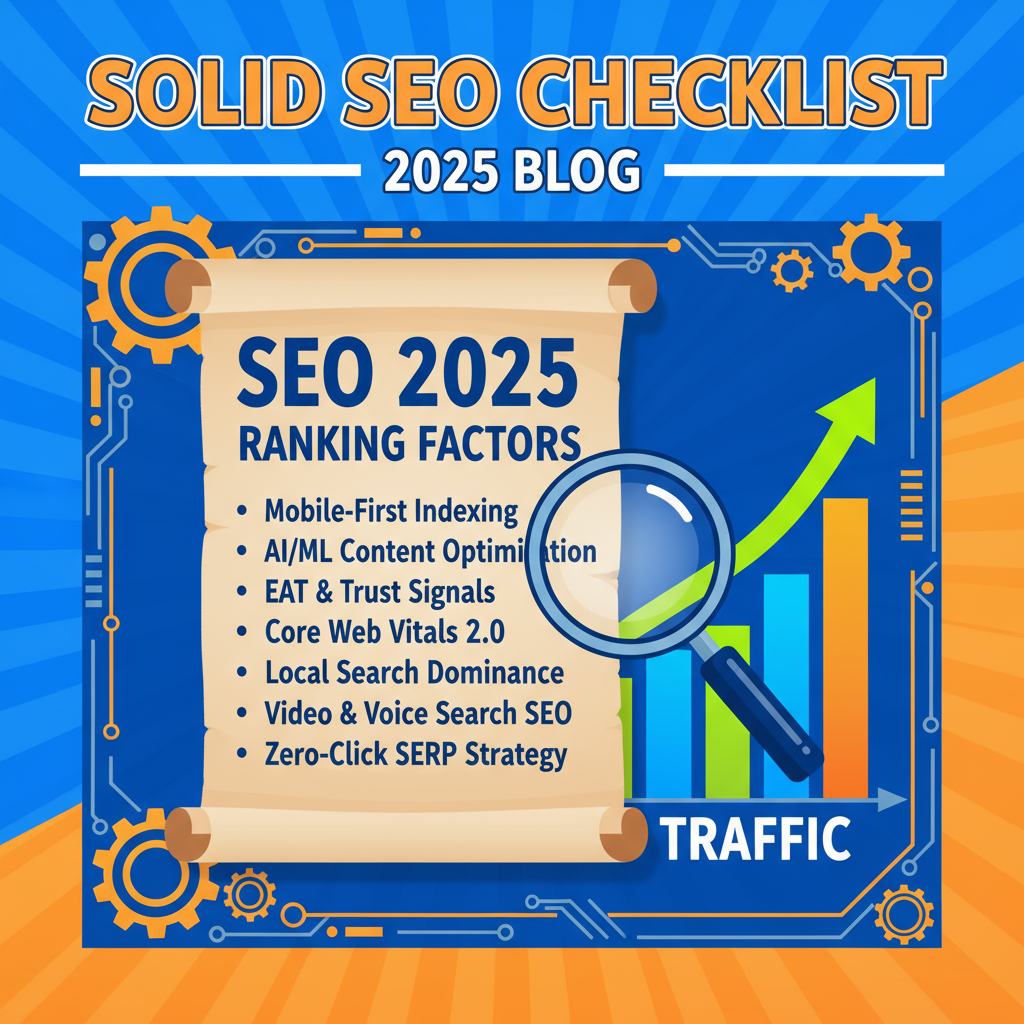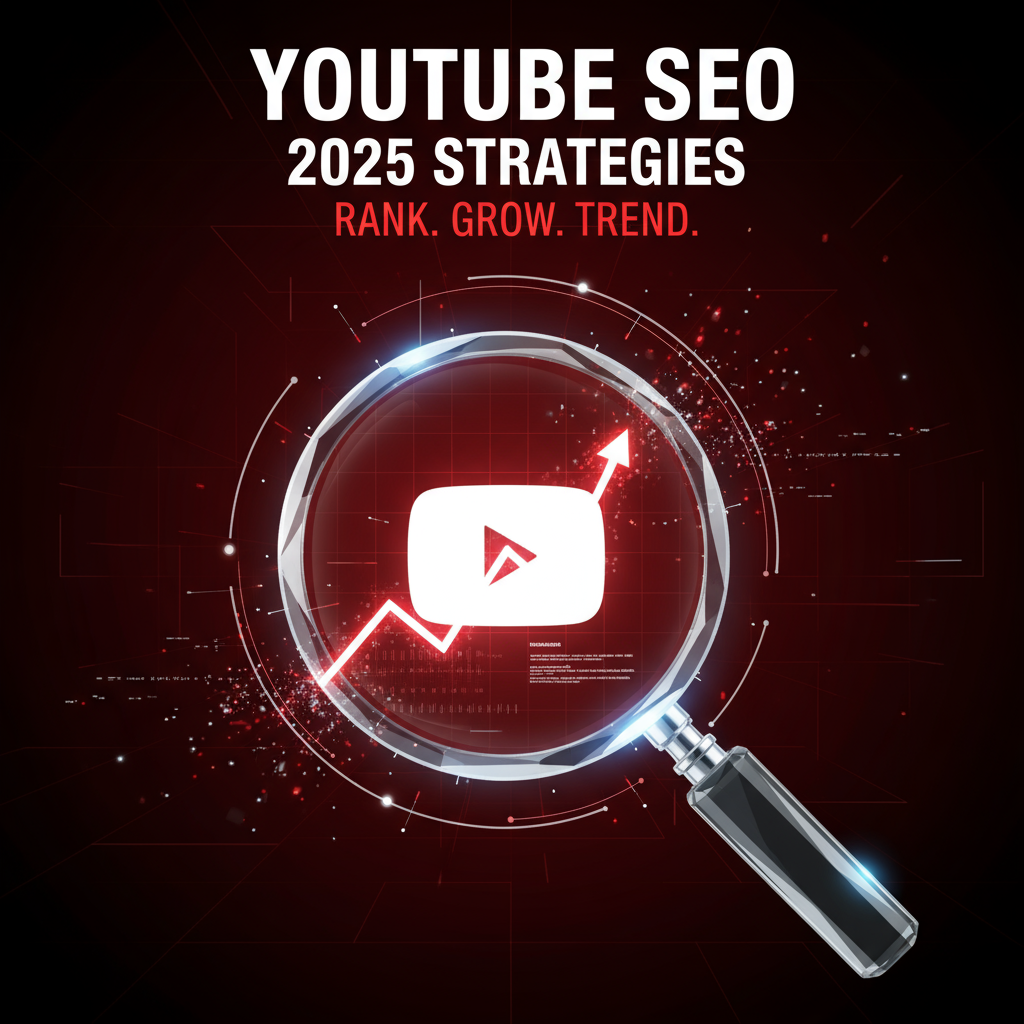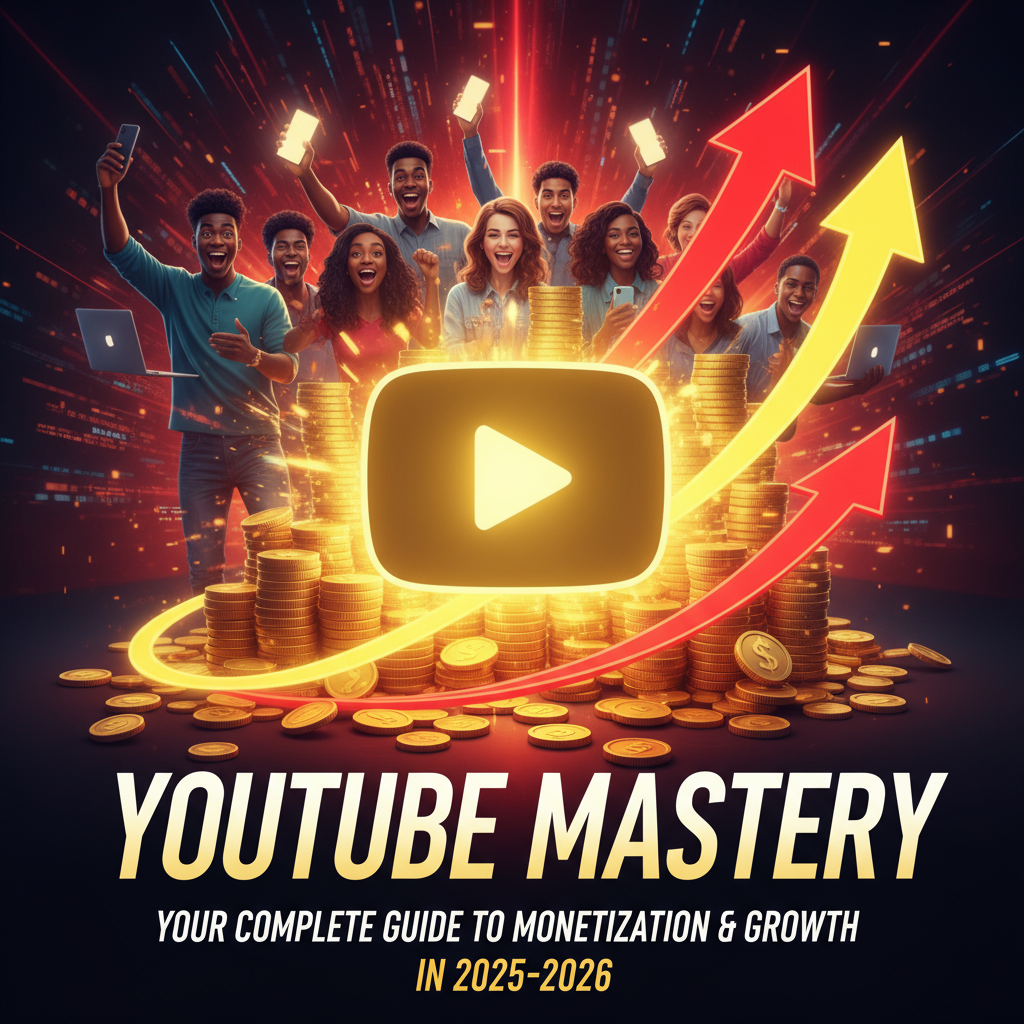Google Ads, formerly Google AdWords, is the most powerful and scalable pay-per-click (PPC) advertising platform in the world. It allows businesses to bid on keywords to display their ads on Google Search results, YouTube, Gmail, and millions of other websites across the Google Display Network.
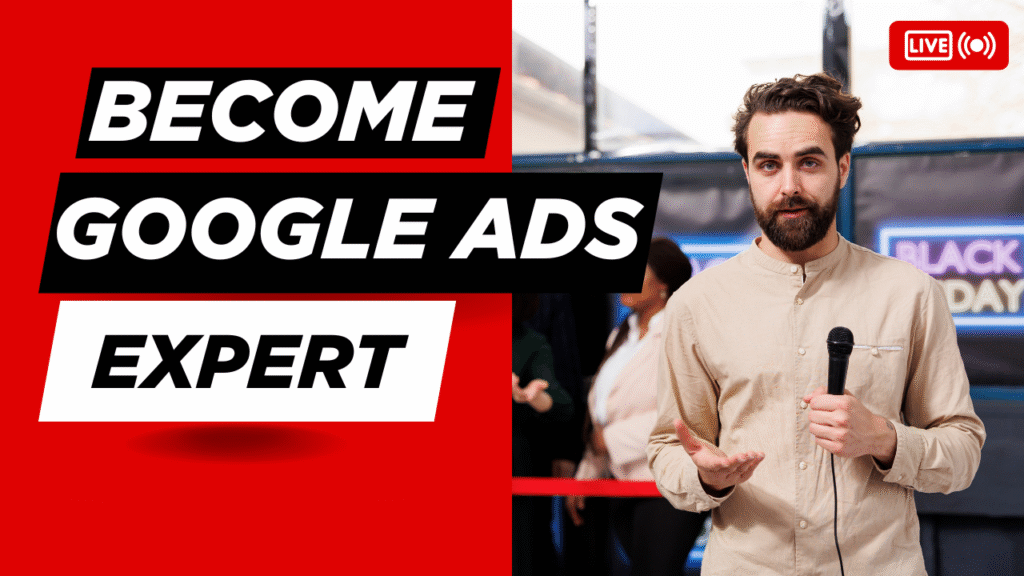
Mastering Google Ads isn’t just about setting a budget; it’s about aligning intent, delivering relevance, and leveraging automation to achieve measurable, profitable growth. This comprehensive guide details the entire lifecycle, from foundational setup to advanced scaling techniques, ensuring your campaigns are 100% SEO-friendly and human-centric.
Complete Google Ads Guide: Strategy, Setup & Scaling
Index (Table of Contents)
1. Google Ads Fundamentals: The Core Concepts 1.1. The Google Ads Auction and Ad Rank 1.2. The Importance of Quality Score 1.3. Account Structure: The Hierarchy (Account, Campaign, Ad Group)
2. Campaign Planning and Goal Setting 2.1. Defining Your Business Objective (Sales, Leads, Traffic, Awareness) 2.2. Selecting the Right Campaign Type 2.3. Budgeting and Bidding Goals
3. Keyword Research and Intent Mastery 3.1. Keyword Match Types (Broad, Phrase, Exact, Negative) 3.2. Structuring Ad Groups by Theme/Intent 3.3. The Power of Negative Keywords
4. Crafting High-Converting Ad Copy 4.1. Mastering Responsive Search Ads (RSAs) 4.2. Writing Compelling Headlines and Descriptions 4.3. The Strategic Use of Ad Assets (Extensions)
5. Smart Bidding and Optimization Strategies 5.1. Understanding Automated Bidding (tCPA, tROAS, Maximize Conversions) 5.2. Manual vs. Smart Bidding: Choosing the Right Strategy 5.3. Leveraging Audience Signals and Real-Time Optimization
6. Landing Page Optimization (LPO) for Maximum ROI 6.1. The Connection Between Ad and Landing Page (The Conversion Funnel) 6.2. Key LPO Elements (Clarity, CTA, Mobile Experience, Speed)
7. Advanced Campaign Types and Scaling 7.1. Performance Max (PMax) Campaigns 7.2. Google Shopping and Merchant Center 7.3. Display and Remarketing Strategy
8. Measurement, Tracking, and Reporting 8.1. Essential Conversion Tracking Setup 8.2. Key Performance Indicators (KPIs) to Monitor 8.3. Attribution Modeling and Data-Driven Decisions
1. Google Ads Fundamentals: The Core Concepts
1.1. The Google Ads Auction and Ad Rank
Google Ads is based on an auction model, but it’s not simply the highest bidder who wins. Your ad’s position (Ad Rank) is determined by three main factors:
- Your Bid: Your maximum cost-per-click (Max CPC) bid.
- Ad Quality at Auction Time: Primarily measured by Quality Score.
- The Expected Impact of Your Assets (Extensions): The relevance and format of your supplementary information.
This system is designed to reward advertisers who provide the most relevant and helpful experience for the user.
1.2. The Importance of Quality Score
Quality Score (QS) is Google’s rating of your ads, keywords, and landing pages on a scale of 1–10. A higher QS means you pay less per click and get better ad positions. It’s calculated based on:
- Expected Click-Through Rate (CTR): How likely your ad is to be clicked.
- Ad Relevance: How closely your ad copy matches the user’s search query (keyword).
- Landing Page Experience: How relevant, useful, and user-friendly your landing page is.
SEO Connection: Improving your Quality Score is the single most SEO-friendly thing you can do in Google Ads, as it forces you to align your messaging with user intent.
1.3. Account Structure: The Hierarchy
A well-structured account is the foundation of success. The key hierarchy is:
- Account: Your primary business shell, containing payment and overall settings.
- Campaigns: Defined by a specific objective, budget, location, and network (e.g., “US Sales Search,” “Brand Awareness Display”). Campaigns are where you set your budget.
- Ad Groups: A collection of closely related keywords, ads, and landing pages grouped by a tight theme (e.g., “Leather Sofas,” “Fabric Sofas”). Ad Groups are where you ensure relevance.
2. Campaign Planning and Goal Setting
2.1. Defining Your Business Objective
Before launching, define your SMART goals (Specific, Measurable, Achievable, Relevant, Time-bound):
| Business Goal | Campaign Type Focus | Primary Metrics (KPIs) |
| Sales/Leads | Search, Shopping, Performance Max | Conversion Rate, CPA (Cost Per Acquisition), ROAS (Return On Ad Spend) |
| Traffic | Search, Display | Clicks, CTR, CPC (Cost Per Click) |
| Awareness | Display, Video (YouTube) | Impressions, Reach, Viewable CPM (Cost Per Thousand Impressions) |
2.2. Selecting the Right Campaign Type
The choice of campaign type dictates where your ads appear:
- Search: Text ads shown on Google Search results (high intent).
- Performance Max (PMax): An automated, goal-based campaign that serves across all Google channels (Search, Display, Gmail, YouTube, Maps). Requires strong asset inputs.
- Shopping: Product listings with images, prices, and merchant names (e-commerce).
- Display: Visual ads shown on partner websites (branding, remarketing).
- Video: Ads shown on YouTube and partner sites.
2.3. Budgeting and Bidding Goals
Your budget should align with your business’s break-even point. Calculate your Maximum Profitable CPA first, then set your budget to scale up conversions below that threshold.
3. Keyword Research and Intent Mastery
Keyword strategy is the heart of a successful Google Search campaign.
3.1. Keyword Match Types
Match types control how closely a user’s search query must match your keyword for your ad to appear.
| Match Type | Definition | Example | Strategy |
Exact Match [leather sofa] | The ad shows only for that exact term or close variants. | [leather sofa] | Highest intent, most control, low volume. |
Phrase Match "buy leather sofa" | The ad shows for the phrase and variations where the phrase order is maintained. | “buy leather sofa online” | High intent, good control, moderate volume. |
Broad Match leather sofa | The ad may show for searches related to your keyword, leveraging Google AI. | best material for couch | Highest volume, requires strict Negative Keywords and Smart Bidding to control. |
3.2. Structuring Ad Groups by Theme/Intent
Avoid dumping all your keywords into one Ad Group. Use the Highly Themed Ad Group (HTAG) approach:
- One tight theme per Ad Group (e.g., “Men’s Black Running Shoes”).
- Keywords within that group must relate directly to that theme.
- Ad Copy must explicitly mention that theme.
- Landing Page must be dedicated to that specific theme/product.
This tight alignment maximizes Ad Relevance and, thus, Quality Score.
3.3. The Power of Negative Keywords
A Negative Keyword List is non-negotiable. These are terms you explicitly tell Google not to show your ad for, saving wasted spend and improving relevance.
- Common Negatives:
free,cheap,DIY,job,review,used,tutorial. - Targeted Negatives: Non-relevant colors, brands, or sizes.
4. Crafting High-Converting Ad Copy
In 2025, Responsive Search Ads (RSAs) are the standard. RSAs allow you to provide multiple headlines (up to 15) and descriptions (up to 4), and Google’s machine learning automatically tests and combines them to show the best-performing variation to each user.
4.1. Mastering Responsive Search Ads (RSAs)
- Pinning Strategy (Use Sparingly): You can “pin” a headline or description to a specific position, but over-pinning limits Google’s testing power. Use pinning only for mandatory elements (e.g., Brand Name, Legal Disclaimer).
- Minimum Requirement: Aim to provide at least 8-10 high-quality, distinct headlines and 3-4 distinct descriptions to give the system enough assets to test.
4.2. Writing Compelling Headlines and Descriptions
High-converting copy follows a clear formula:
- Headline 1 (H1): Match Intent. Use the exact keyword or primary search intent (e.g., “Affordable SEO Agency”).
- Headline 2 (H2): Value Proposition. State a clear benefit or unique selling proposition (USP) (e.g., “10 Years of Proven Results”).
- Headline 3 (H3): Call-to-Action (CTA) or Urgency. Tell the user what to do next (e.g., “Get a Free Proposal Now”).
4.3. The Strategic Use of Ad Assets (Extensions)
Assets are additional pieces of information that expand your ad’s visibility and provide more relevance, directly impacting Ad Rank.
| Asset Type | Purpose | Example |
| Sitelink | Links to specific pages on your site (Pricing, About Us). | “Check our Portfolio,” “Contact Sales Today” |
| Callout | Non-clickable descriptive snippets of features/benefits. | “24/7 Support,” “No Contract Required” |
| Structured Snippet | Highlights specific aspects of your products/services. | Service catalog: SEO, PPC, Social Media |
| Call | Allows mobile users to click a button to call you directly. | Your phone number |
| Location | Shows your business address and a map link (Crucial for local businesses). | Business address |
5. Smart Bidding and Optimization Strategies
The modern Google Ads landscape is dominated by Smart Bidding, which uses Google’s AI to optimize bids in real-time for every single auction, factoring in countless signals (device, location, time, audience, etc.).
5.1. Understanding Automated Bidding
- Target CPA (tCPA): Tells Google the average cost you want to pay per conversion. Ideal when you need a specific cost-per-lead/sale.
- Target ROAS (tROAS): Tells Google the average return you want for every dollar spent (e.g., a tROAS of 400% means you want $4 in revenue for every $1 spent). Essential for e-commerce.
- Maximize Conversions/Value: Aims to get the most conversions/value within your set daily budget. Good for campaigns with insufficient historical data.
5.2. Manual vs. Smart Bidding: Choosing the Right Strategy
In most cases, Smart Bidding outperforms manual bidding because it operates at the auction-time level, adjusting bids based on real-time likelihood of conversion.
- Use Manual CPC: Only for hyper-specific, low-volume tests or niche areas where you need absolute control and no data exists.
- Best Practice: Start with Maximize Clicks to gather conversion data quickly, then switch to a conversion-focused strategy like Target CPA once you have 30+ conversions in the last 30 days.
5.3. Leveraging Audience Signals
While keywords target what people are searching for, audiences target who those people are. Providing audience signals (Customer Match lists, website visitor lists, in-market segments) to Smart Bidding strategies like PMax allows the AI to prioritize high-value users.
6. Landing Page Optimization (LPO) for Maximum ROI
Your ad gets the click; your landing page determines the profit. A highly relevant landing page is crucial for Quality Score and conversion rate.
6.1. The Connection Between Ad and Landing Page
Message Match is key. The offer, keyword, and headline used in your ad must be immediately visible and consistent on your landing page. If your ad promises a “20% Off Sale,” the landing page must display that offer clearly above the fold.
6.2. Key LPO Elements
- Single, Clear Call-to-Action (CTA): The page should focus on one action (e.g., “Get Free Quote,” “Download Ebook”). Remove site navigation to prevent distraction.
- Mobile-First Design: Over half of all clicks come from mobile. Your page must load quickly, have large, clickable buttons, and a simple, single-column form.
- Page Speed: Every second matters. Use tools like Google’s PageSpeed Insights. Slow loading severely impacts Quality Score and conversion rates.
- Social Proof: Include testimonials, trust badges, and security seals to build confidence.
7. Advanced Campaign Types and Scaling
7.1. Performance Max (PMax) Campaigns
PMax is Google’s most automated campaign type. Instead of targeting keywords, you provide assets (images, videos, headlines, descriptions) and audience signals, and Google uses AI to find converting customers across all its channels.
- PMax Strategy: The success of PMax relies entirely on the quality and quantity of the assets and signals you provide. The best practice is to use PMax for your highest-value goals and leverage it alongside traditional Search campaigns.
- Exclusion/Control: Use Negative Keywords (at the account level) and Exclusions (e.g., placements, customer lists) to retain some control over the highly automated campaign.
7.2. Google Shopping and Merchant Center
For e-commerce, Shopping Campaigns display product images, prices, and store names directly in search results. They are fed by your Google Merchant Center (GMC) feed, which contains product data.
- Optimization: Success is driven by optimizing your product feed (rich titles, high-quality images, correct pricing) more than keyword bidding.
7.3. Display and Remarketing Strategy
- Display Network: Excellent for building awareness and reaching people who are not actively searching right now.
- Remarketing/Retargeting: Shows ads specifically to users who have previously visited your website but didn’t convert. This is often the highest-ROI campaign type because it targets warm, highly qualified traffic.
8. Measurement, Tracking, and Reporting
8.1. Essential Conversion Tracking Setup
Accurate conversion tracking is the foundation of Smart Bidding. You must reliably track the actions that drive business value (e.g., purchases, form submissions, phone calls, app downloads). Google Tag Manager simplifies the management and deployment of these tracking codes.
8.2. Key Performance Indicators (KPIs) to Monitor
Always prioritize metrics that relate directly to profit:
- CPA (Cost Per Acquisition): Your total cost divided by your conversions. The most crucial metric for lead generation.
- ROAS (Return On Ad Spend): Total conversion value divided by cost. The most crucial metric for e-commerce.
- Conversion Rate: The percentage of clicks that resulted in a conversion.
- Search Impression Share (SIS): The percentage of available impressions your ads actually received. Low SIS often indicates a budget or Ad Rank issue.
8.3. Attribution Modeling
Attribution is the process of assigning credit for a conversion to different touchpoints in the customer journey.
- Data-Driven Attribution (DDA): This is the current best practice. It uses Google’s AI to algorithmically distribute credit across the journey, giving you a more accurate view of which ads truly contribute to conversions, rather than just the last click.
9. Conclusion: The Mindset of a Modern Google Ads Specialist
Google Ads is no longer a set-it-and-forget-it platform. Success in 2025 requires:
- Embracing AI and Automation: Allowing Smart Bidding and PMax to handle auction-time optimization while focusing your efforts on strategy, creative assets, and landing page experience.
- Obsessing over Relevance: Continuously improving Quality Score by ensuring your keywords, ads, and landing pages are perfectly aligned with user intent.
- Data-Driven Iteration: Consistently A/B testing ad copy, landing page elements, and bidding strategies based on the CPA and ROAS, not just on clicks.




